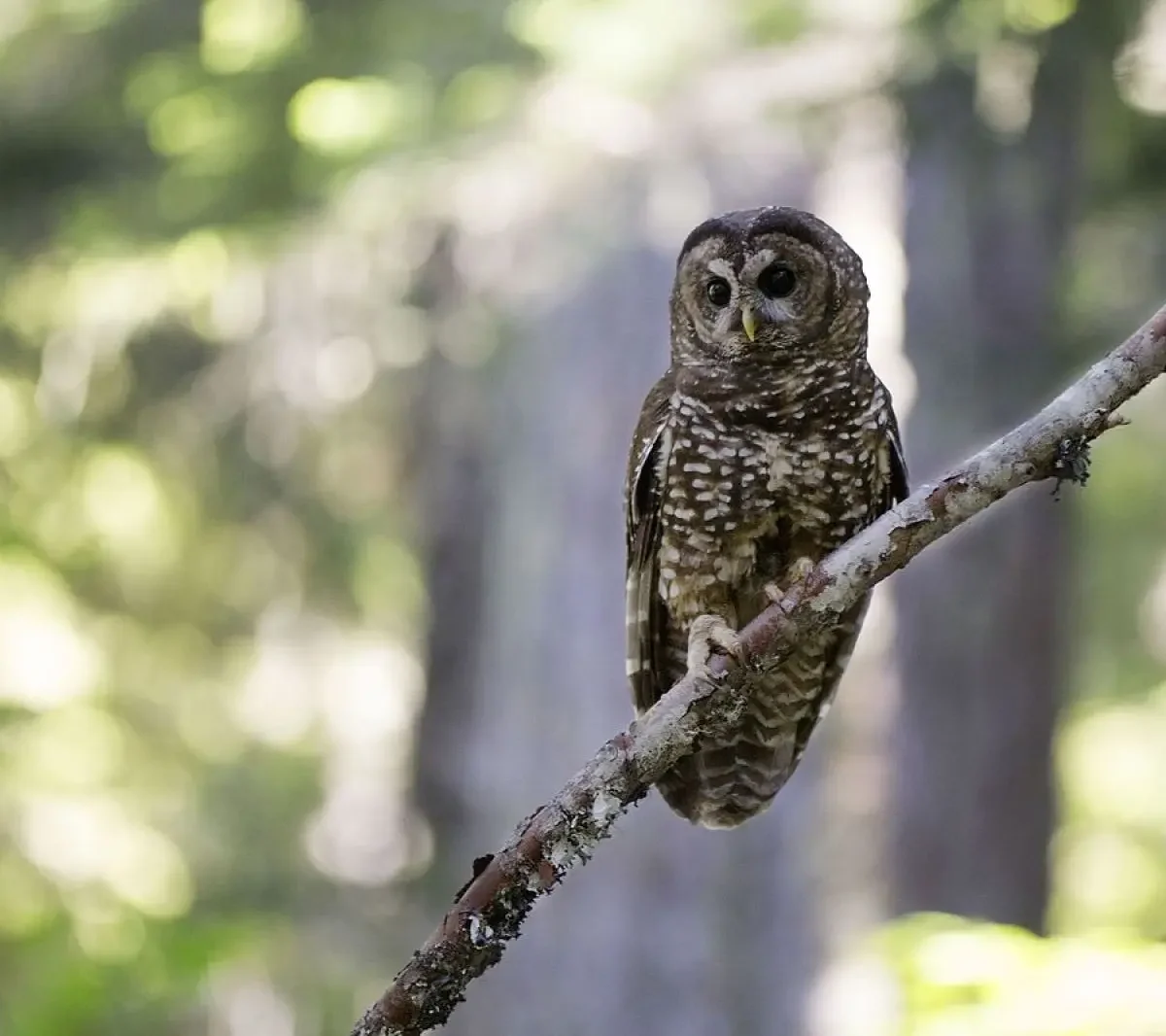Wildlife officials are in a bitter dispute over the removal of the invasive Barred Owl from forests along the West Coast to save the Northern Spotted Owl from extinction.
A symbol of the Pacific Northwest, the Northern Spotted Owl has been in danger of going extinct because of habitat degradation, deforestation, and competition with the Barred Owl. The latter is indigenous to the eastern United States, but it has quickly invaded the Spotted Owl’s natural range, contributing to the Spotted Owl’s decline.
Conservationists and environmental organizations contend that in order to give the Spotted Owl a better chance of surviving, the Barred Owl must be eradicated. According to The Guardian, the U.S. Fish and Wildlife Service is leading a recent effort to remove thousands of Barred Owls from the woods of California, Washington, and Oregon.
However, many oppose this conservation. Proponents of wildlife and certain experts advise against making such drastic changes to the ecosystem. The morality of exterminating one species in order to save another has drawn criticism, as has the possible ecological effects of upsetting the natural equilibrium.
A renowned research institute’s wildlife biologist, Dr. John Doe, voiced doubts regarding the Barred Owl extermination strategy’s efficacy. In an interview with The Guardian, Dr. Doe said, “While the intentions behind this initiative are noble, we must tread carefully to avoid causing further harm to the ecosystem.”
Furthermore, opponents contend that human encroachment and habitat damage, not Barred Owl competition, pose the true threat to the Spotted Owl. As a more long-term approach, they support placing more focus on habitat conservation and restoration.
The controversy surrounding the removal of the Barred Owl highlights the difficult obstacles that conservation initiatives must overcome. Finding a balance between intervention and preservation continues to be a difficult issue for wildlife authorities as they try to figure out how to safeguard endangered animals.






